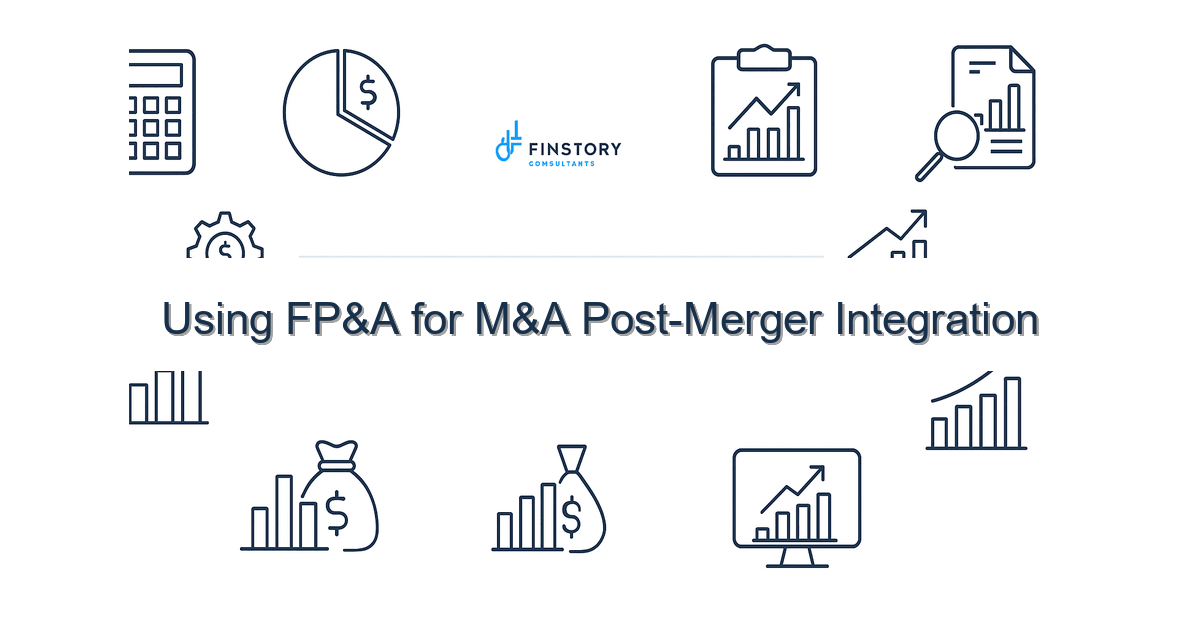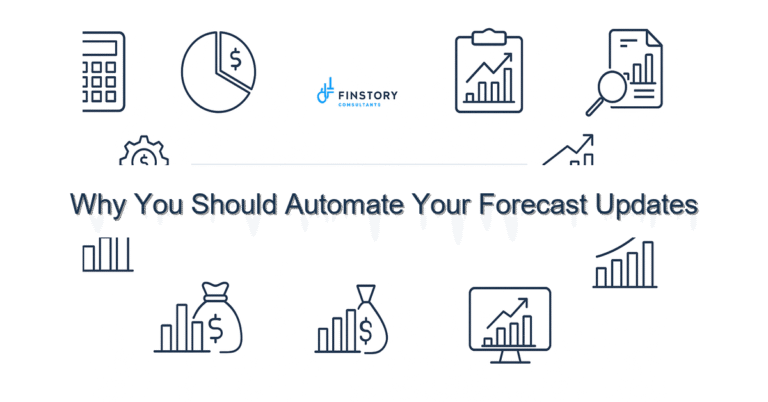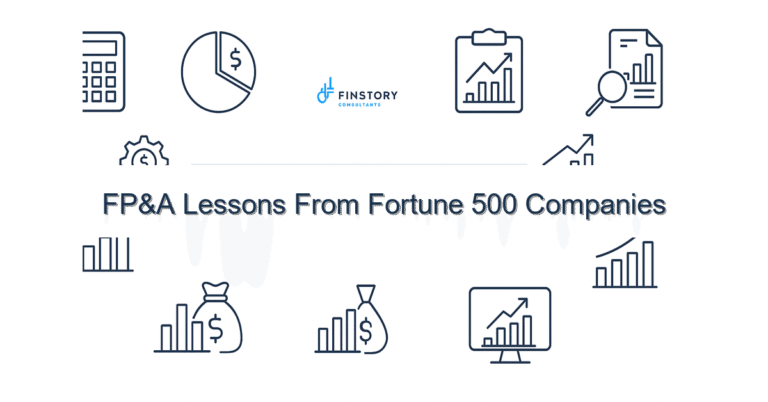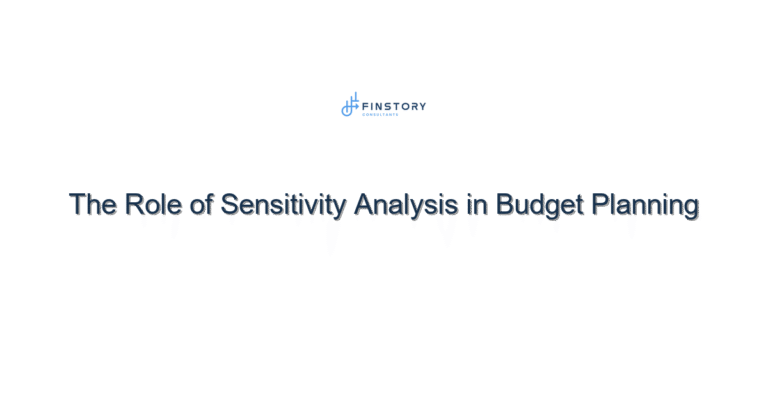Using FP&A for M&A Post-Merger Integration
You’re juggling clinical operations, regulatory risk, and a month-end close that suddenly includes another organization’s books. It feels like steering a hospital through fog while someone hands you a new map and expects you to merge routes overnight. We get it — the pressure is real and time is short.
Summary: Use FP&A for M&A to create a single source of truth, accelerate synergy capture, and cut forecast risk. With a focused 5-step framework and an actionable checklist, healthcare finance leaders can reduce cycle time, improve accuracy, and protect margin during post-merger integration.
What’s the real problem?
Post-merger integration in healthcare isn’t just about closing the books. It’s about aligning operating models, preserving patient care quality, and turning promised synergies into cash. FP&A should be the connective tissue, but often it becomes a casualty of mismatched systems and conflicting priorities.
- Data lives in different systems — different GLs, patient systems, and spreadsheets.
- Teams run different KPIs and assumptions; forecasts don’t reconcile.
- Synergy targets are vague, tracked in ad hoc spreadsheets, and slip month after month.
- Leadership needs crisp, timely insight but gets long, late packs instead.
What leaders get wrong about FP&A for M&A
Leaders assume finance will simply ‘do more’ — consolidate the reports, find the synergies, and keep the lights on. That underestimates the upfront work: mapping data, defining consistent KPIs, and setting governance. Other common mistakes:
- Treating integration as an accounting exercise instead of a planning and operational challenge.
- Delaying the creation of a combined forecast while waiting for perfect data.
- Under-resourcing FP&A with no dedicated post-merger team or clear role for legacy FP&A staff.
A better approach: FP&A role in M&A post-merger integration
Think of FP&A as the merger’s GPS: map the terrain, choose the fastest route, and provide turn-by-turn guidance while you course-correct in real time. Here’s a practical 5-step framework to make that happen.
- Unify the data model: map charts of accounts, patient revenue lines, and cost centers into a single schema so KPIs reconcile across entities.
- Build an integrated baseline forecast: create a first-pass consolidated forecast within 10 business days using high-confidence drivers (volume, case mix, length of stay, payer mix).
- Define and track synergies as projects: convert synergy targets into discrete, measurable initiatives with owners and monthly milestones.
- Stand up near-term cash and risk reporting: 13-week cash, AR aging, and supply chain exposure dashboards for leadership reporting.
- Handoff and scale: automate recurring reports, embed dashboards in leadership cadence, and train local teams to sustain the model.
Quick story: a mid-sized health system we advised consolidated two finance teams and implemented an integrated forecast in 12 days. They uncovered $3.1M of near-term supply savings and reduced month-end close time from 9 to 4 days.
Quick implementation checklist
- Identify a dedicated FP&A integration lead and two data owners from each legacy finance team this week.
- Run a 48–72 hour chart of accounts mapping sprint to align the top 10 accounts (revenue, labor, supplies, other operating expenses).
- Agree on 6 standard KPIs for leadership reporting (revenue per case, labor % of revenue, cash burn, AR days, headcount FTEs, synergy captured).
- Produce a one-page combined forecast using top-line drivers within 10 business days.
- Create a 13-week cash template and populate with current bank balances and committed cash flows.
- Set up a Power BI or similar dashboard with 3 executive visuals (revenue trend, cash runway, synergy tracker).
- List top 5 cost-savings initiatives, assign owners, and set monthly KPI targets.
- Schedule weekly FP&A + operations sync to review forecasts and action items.
What success looks like
Define success in measurable terms so you can show progress to the board and clinical leaders.
- Forecast accuracy improves: variance to budget reduced from ±8% to ±3% within 6 months.
- Close cycle time: month-end close reduced from 8–10 days to 3–5 days.
- Synergy capture: hit 70–90% of planned synergy dollars in year 1 (measured monthly).
- Cash visibility: 13-week cash forecast published weekly with +/- 5% variance.
- Leadership reporting adoption: 90% of leaders use the new dashboard in monthly reviews.
- ROI: operational savings and revenue improvements exceed integration costs within 12–18 months.
Risks & how to manage them
Three common risks and practical mitigations:
- Risk: Poor data quality. Mitigation: run fast reconciliations on top accounts, create an exceptions log, and lock down a minimum viable dataset for the first consolidated forecast.
- Risk: Cultural resistance and role confusion. Mitigation: clarify ownership, hold weekly integration standups, and celebrate quick wins to build momentum.
- Risk: Scope creep on synergy projects. Mitigation: split projects into 30/60/90-day deliverables with measurable KPIs and stop any initiative that misses two successive milestones.
Tools & data
Right tools accelerate integration; wrong tools add friction. Use automation where possible and keep leadership reporting focused and visual.
- Finance automation: use FP&A automation to consolidate data feeds, reduce manual reconciliations, and push adjusted forecasts to dashboards.
- Power BI or Tableau: create executive dashboards for leadership reporting with drill-throughs to underlying transactions.
- Data warehouse / ETL: centralize feeds from EHR, ERP, payroll, and supply chain to a common model.
- Collaboration platforms: tie workflows to project tools so synergy projects and FP&A tasks don’t live in email.
For practical guidance on tools and automation, see our posts on financial automation and healthcare M&A lessons at Finstory’s healthcare M&A blog. If you need broader FP&A services, view our FP&A services.
FAQs
Q: How long does it take to produce a reliable combined forecast?
A: With a focused effort and a minimal viable dataset, you can produce a useful combined forecast in 7–14 business days. Improve precision over the next 60–90 days as data and assumptions stabilize.
Q: Should we standardize chart of accounts before forecasting?
A: You don’t need full standardization to start. Map the top accounts and drivers first, then standardize iteratively while using mapping tables in your models.
Q: Who owns synergy tracking?
A: Assign synergies to operational owners (e.g., supply chain director) with FP&A responsible for measurement, validation, and monthly reporting.
Next steps
If you’re about to close a deal or are in the first 90 days post-close, start with the checklist above. Name your FP&A integration lead, run the chart of accounts sprint, and publish a one-page combined forecast within 10 business days. That will buy you time, credibility, and momentum for the deeper work.
Work with Finstory. If you want this done right—tailored to your operations—we’ll map the process, stand up the dashboards, and train your team. Let’s talk about your goals.
📞 Ready to take the next step?
Book a 20-min call with our experts and see how we can help your team move faster.
Prefer email or phone? Write to info@finstory.net
or call +91 44-45811170.






